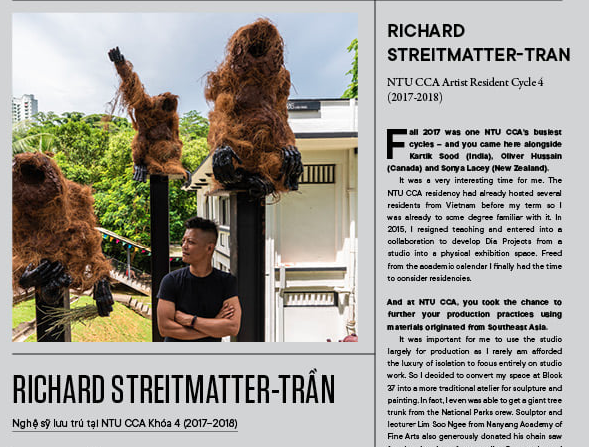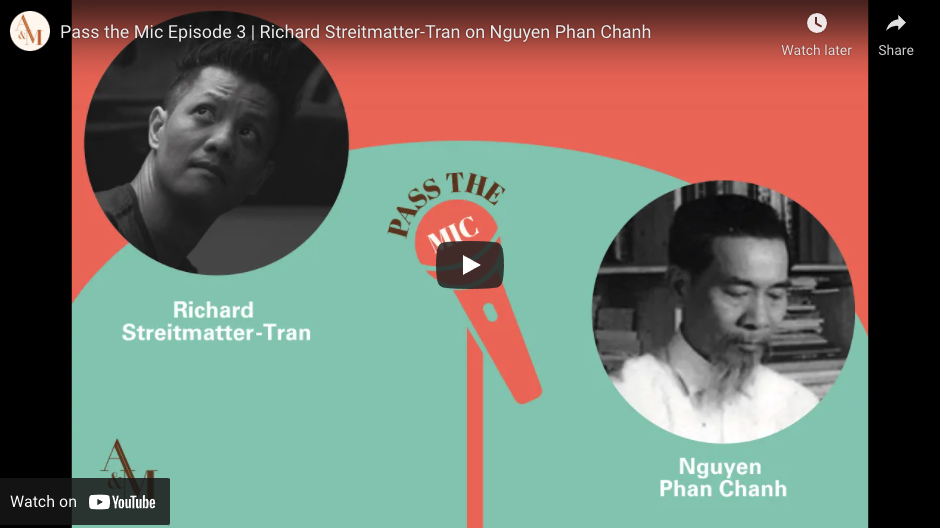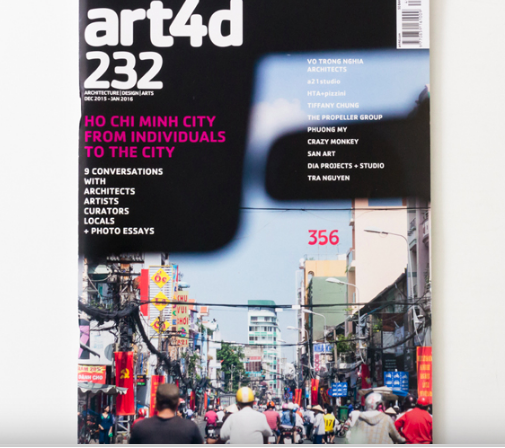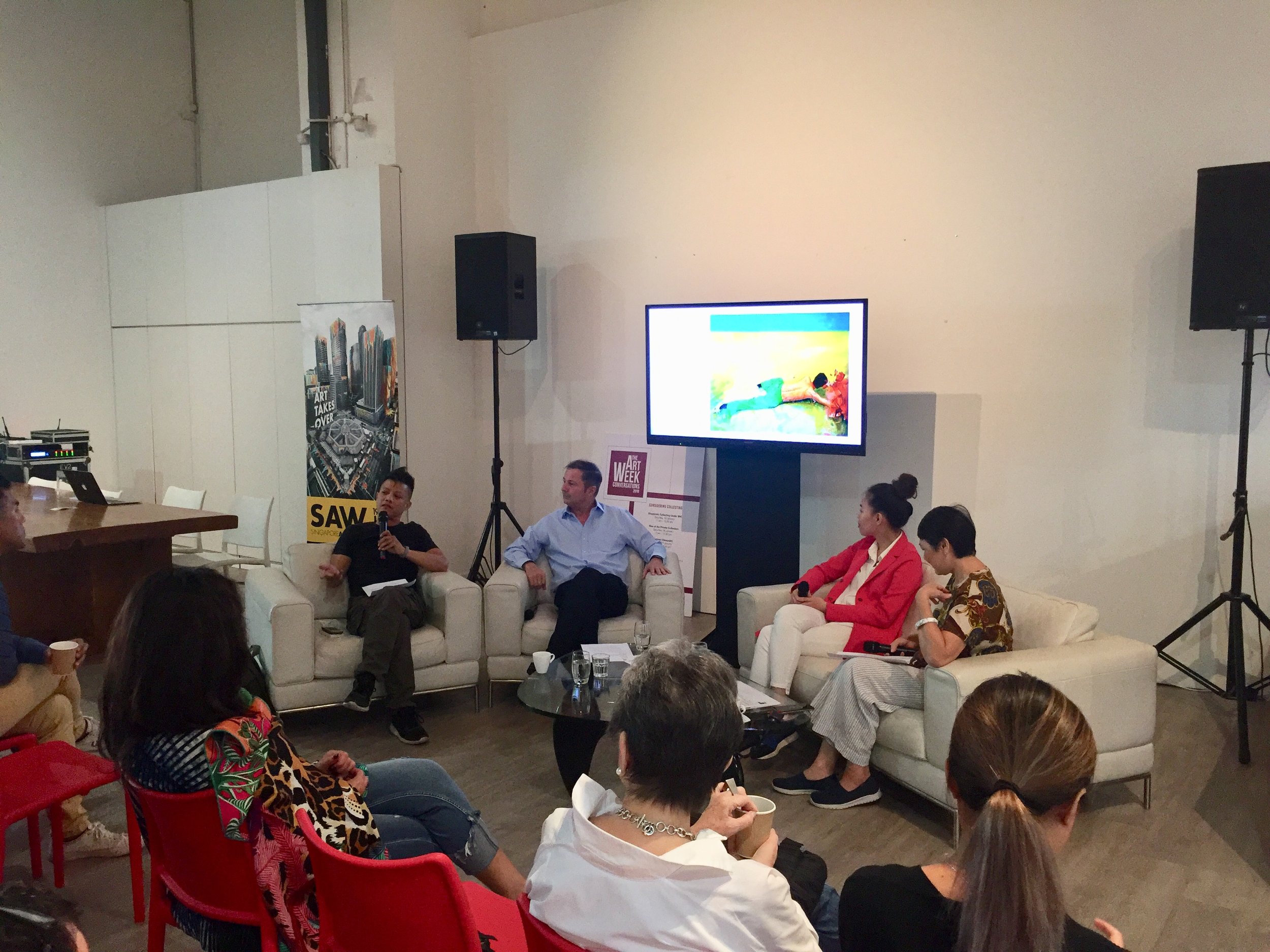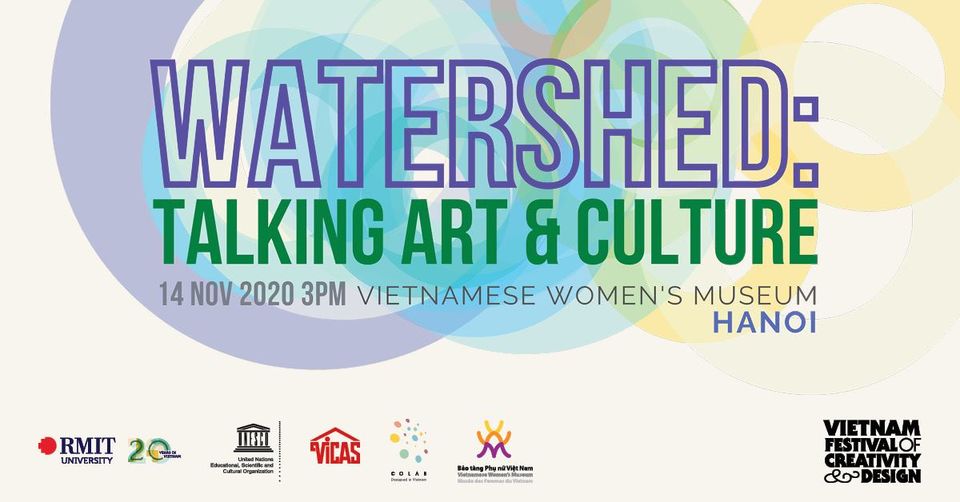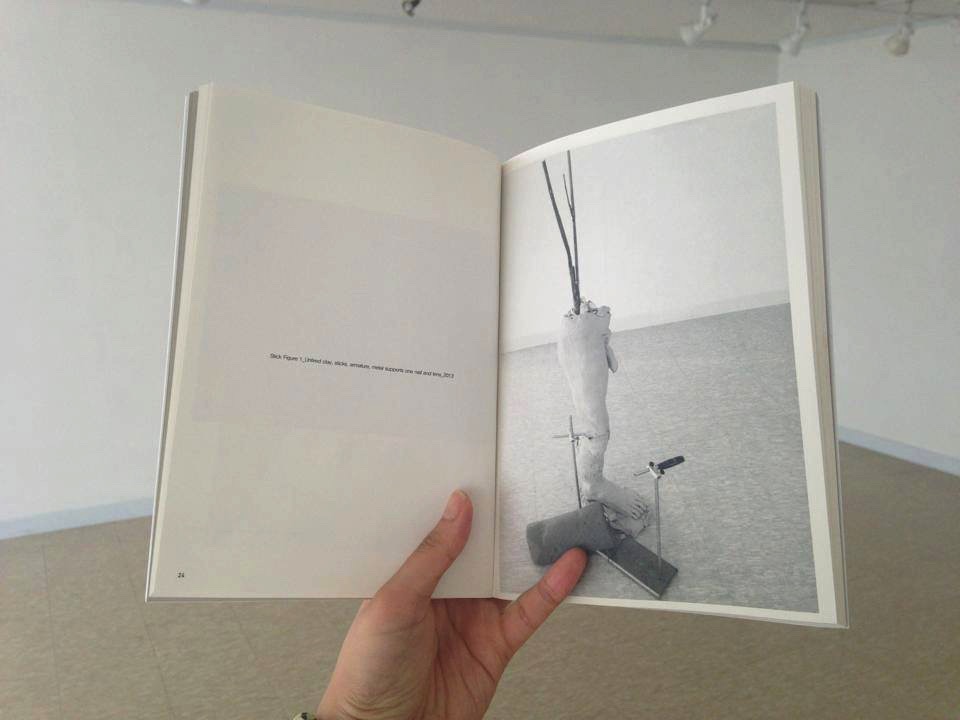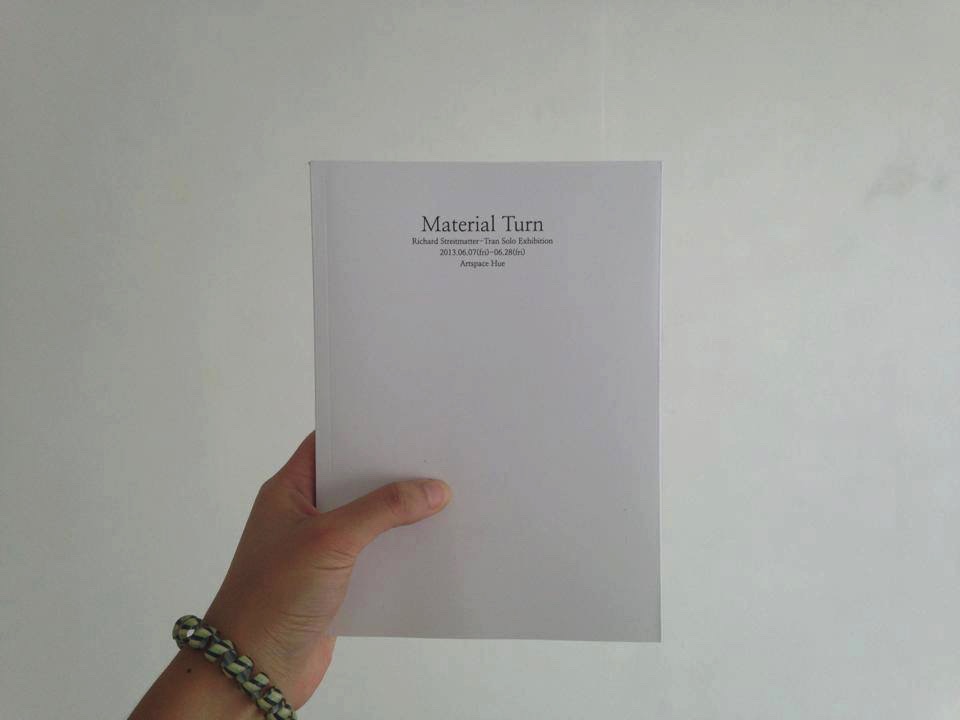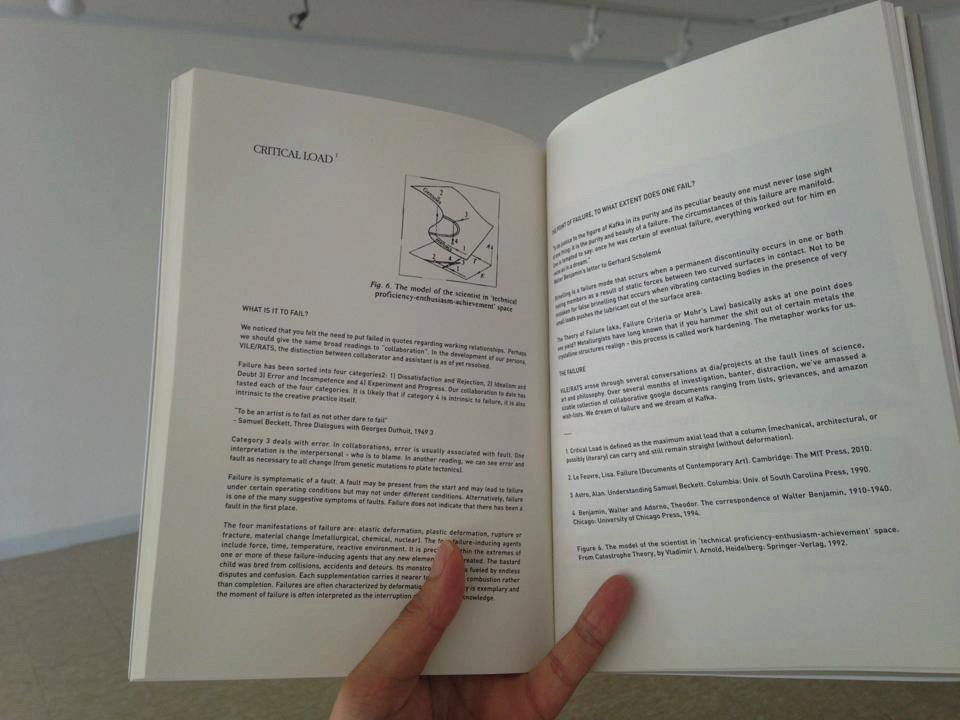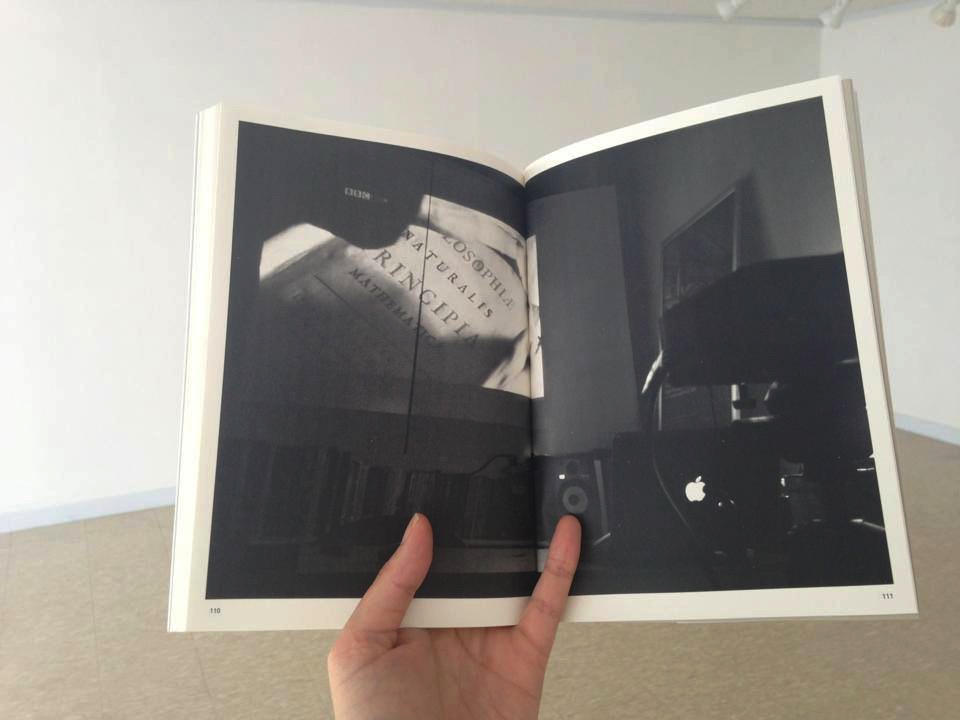I’ve chosen the title of this exhibition, Material Turn, for a number of reasons. Over the past several years I’ve found my arts practice shift from conceptual and issue-based works towards an exploration in craft, material and science. I’ve realigned my studio for the experimentation in sculpture, ceramics, drawing and other forms of creative production with long and deep histories of practice at the expense of my training, which is primarily media art and performance.
I’ve also been conducting research over the last years orbiting the history and philosophy of science and have been intrigued by the parallels between the history of science and the history of art. How the distinctions between Isaac Newton’s scientific works in physics did not lay far from his pseudo-scientific work in alchemy. Or how Da Vinci’s artistic production did not remain far from his preoccupations with the design of war machines.
I feel that my practice so far has been a manifestation of primarily my education, that is, the contemporary art values of concept over craft. We’ve seen the rise of the factory and contract-based production among the world’s most pre-eminent artists. Critics and writers have proclaimed the death of the individual artist studio. Modes of artistic production have been explained in term of film (read: Baurriaud’s “Post-Production") and in terms of negation, “The Art of Not-Making.” Over a decade ago as an art student, I eschewed the workshop for the discursive, enrolling in theory courses heavy on analysis and argument. I still very much enjoy these conversations but I’ve rarely been felt compelled to make something directly from them. I’ve been disappointed in terms of my own encounters with the spectacle of media art where the technology has often overshadowed the intent. Much of my experience lacked tangibility, or, materiality.
What some forecast as the next new school of philosophical thought is the movement sometimes referred to as the Speculative Realists. These new thinkers inherit a legacy of Heidegger and Deleuze, almost separated by two generations with interlocutors such as Manuel De Landa who traces deep histories in geological time. I recently saw a chart on “artistic colors through time” and the amazing thing was our understanding of color correlates directly to our knowledge in the sciences, notably the physics of light and the understanding of chemistry. The rise of the brilliant cadmiums from the centuries of ochres. On this chart, lists Paleolithic man with only four colors at his disposal: Red Earth, Yellow Earth, Chalk White and Carbon Black. In other words, dirt. And from dirt came the most amazing work of a species that would soon spawn it’s own geologic era, the Anthropocene. We’ve irreversibly changed the material reality and in some ways forever altered the idea of the natural. Embedded in the strata of the earth is deep time and the history of the sum of human creative output. It is from this idea, both historically and substantially that I come to this exhibition.
The Material Turn reflects the shift in my production, from the ideas that inform it (science , philosophy, deep time, art history) and the substance I’ve chosen to work with (charcoal, clay, and food). I’ve had to start anew, relying on my own hands and abilities in a studio environment to create the work rather than having contracted production (which I’ve often done in the past). The exhibition space at Art Space Hue has for a short time become a direct extension of my studio in Vietnam. Replicating the same process, pace and production for what I hope will mark a significant point in my trajectory as an artist.
2013. Richard Streitmatter-Tran
DETAILS
June 2013
R. Streitmatter-Tran Solo Exhibition
Publisher: Art Space Hue
ISBN: 978-89-97786-15-2
120 pages

